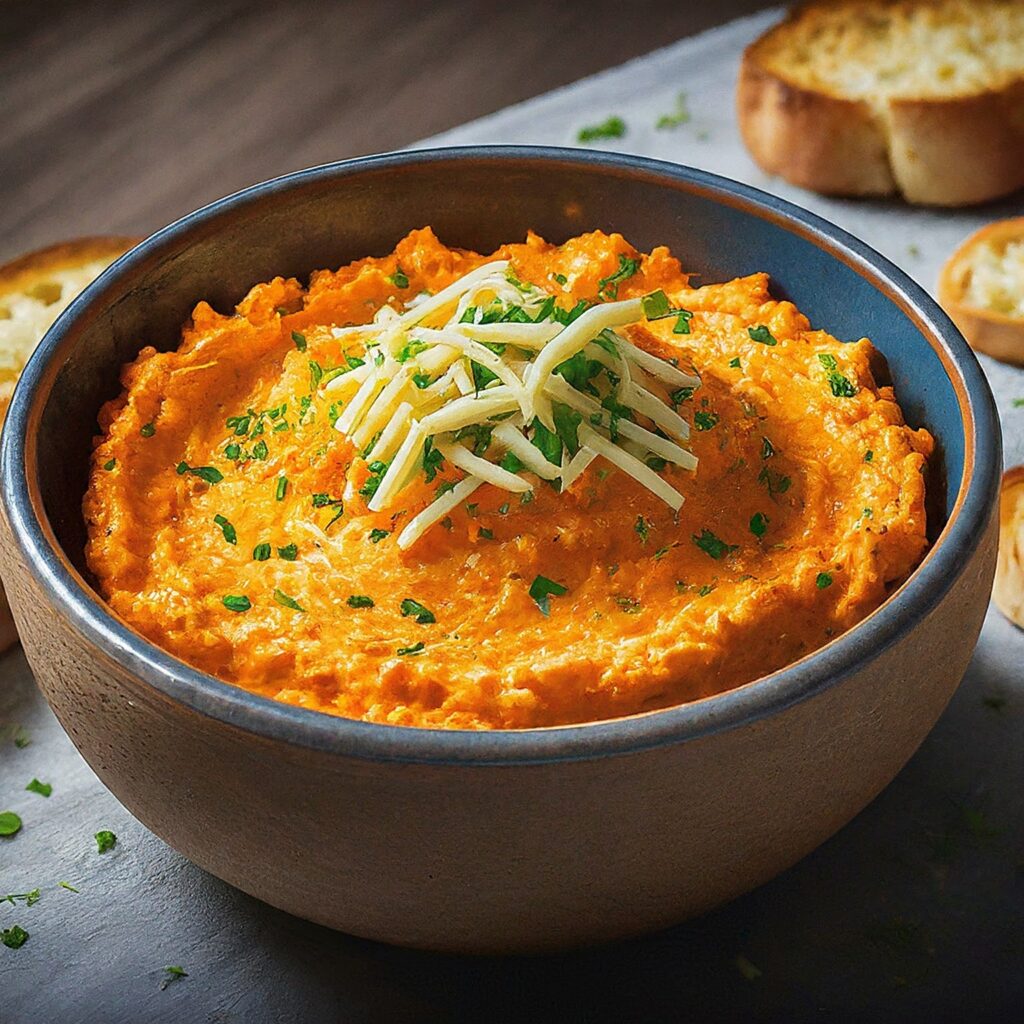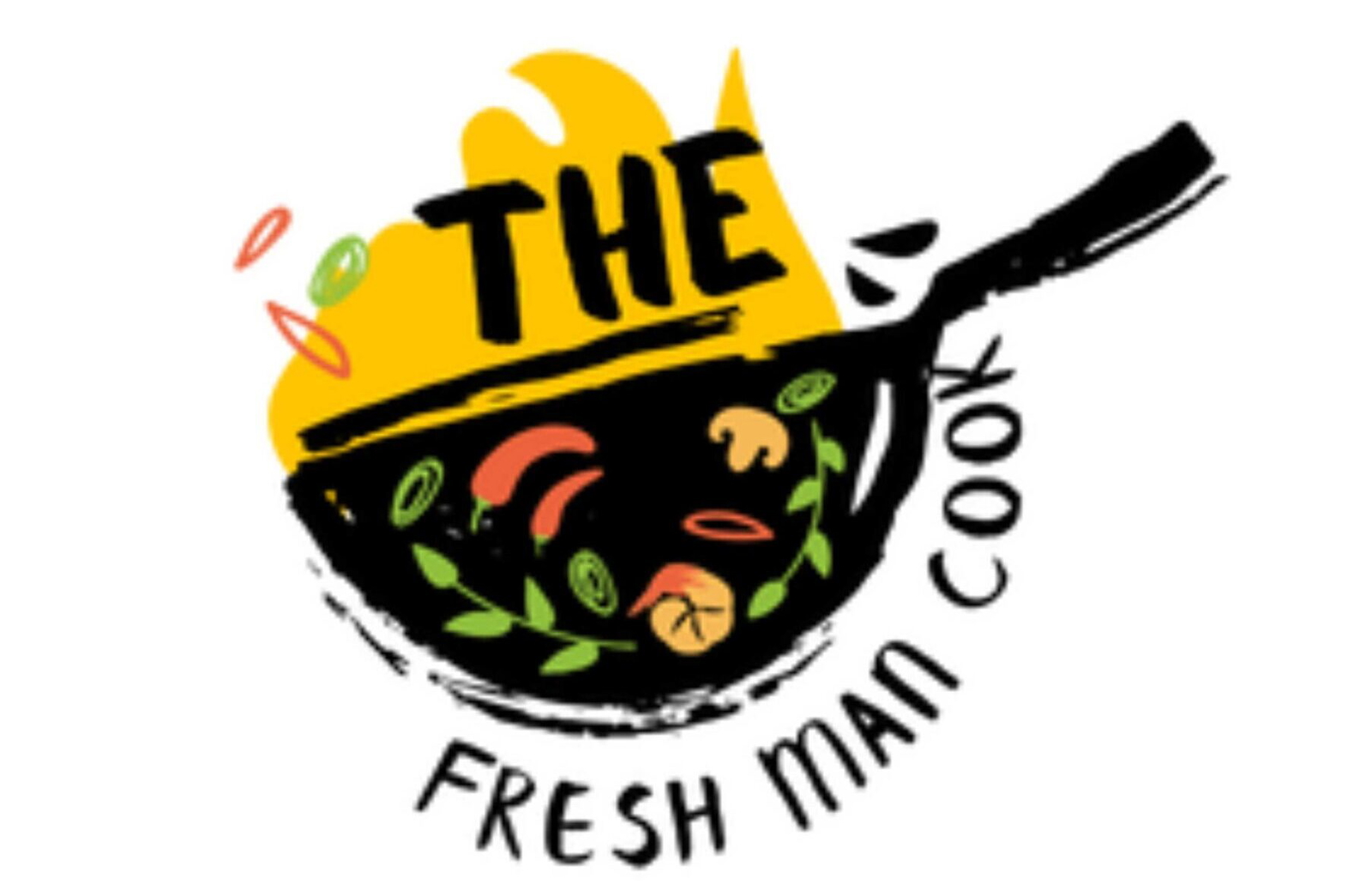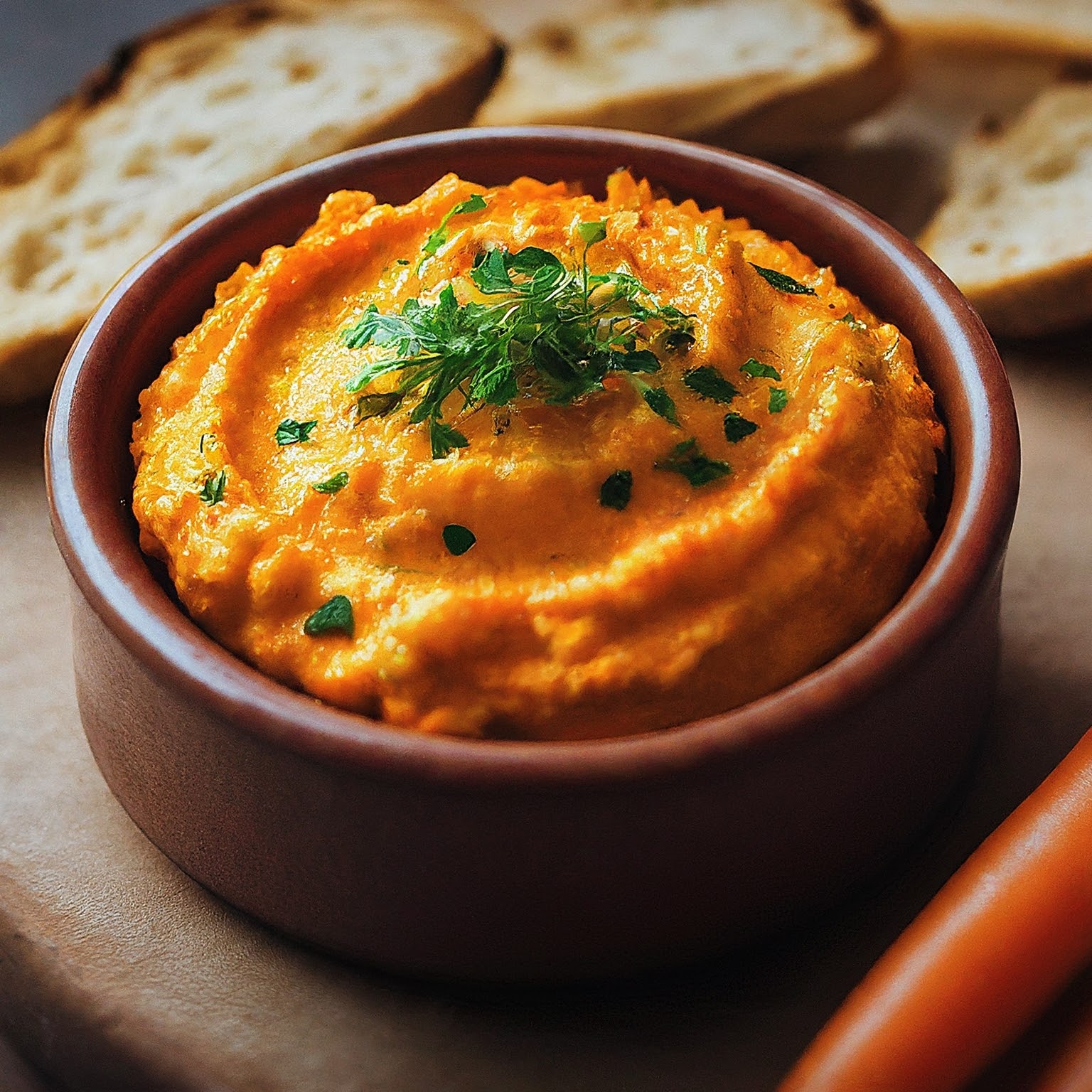Delight your taste buds with the vibrant flavors of Carrot and Cheese Spread. This delectable spread combines the sweetness of carrots with the creamy richness of cheese, creating a versatile and satisfying accompaniment for crackers, bread, or vegetable sticks. Whether served as an appetizer, snack, or party dip, this easy-to-make spread is sure to be a crowd-pleaser. In this recipe, we’ll explore how to whip up this flavorful spread in no time, adding a touch of color and zest to any occasion. Get ready to elevate your snacking experience with the delicious fusion of carrots and cheese in every bite.

Creative Carrot and Cheese Spread Recipe
Equipment
- 1 Saucepan
- 1 Wooden spoon
- 1 Blender
- 1 Cooking board
- 1 Knife
Ingredients
- 2 cups Carrots peeled and chopped
- 4 ounces Cream cheese softened
- 1/2 cup Cheddar cheese shredded
- 1 clove Garlic minced
- 1 tablespoon Lemon juice
- 1/2 teaspoon Salt
- 1/4 teaspoon Black pepper
- 1 tablespoon Olive oil
- Optional: Chopped fresh parsley or chives for garnish
Instructions
- Cook the carrots in boiling water until tender, then drain and let them cool slightly. Blend the cooked carrots with cream cheese, shredded cheddar cheese, minced garlic, lemon juice, salt, and black pepper until smooth.
- Adjust the consistency with olive oil or water if needed. Taste and adjust the seasoning, then transfer the spread to a serving bowl. Garnish with chopped fresh parsley or chives if desired.
- Serve with crackers, bread, or vegetable sticks for dipping and enjoy!
Notes
- Ingredient Tips – Use fresh, firm carrots for the best flavor and texture in the spread. Opt for high-quality cream cheese and cheddar cheese to enhance the richness and creaminess of the spread.
- Consistency Adjustment – If the spread is too thick, you can add a small amount of olive oil or water to achieve the desired consistency. Blend again until smooth.
what are some garnish ideas?

Certainly! Here are some garnish ideas that can add visual appeal and extra flavor to various dishes:
- Fresh Herbs: Sprigs of parsley, cilantro, basil, or dill can add a pop of color and freshness to savory dishes.
- Citrus Zest: Grated lemon, lime, or orange zest can brighten up both sweet and savory dishes with a burst of citrus flavor.
- Toasted Nuts or Seeds: Sprinkle toasted almonds, pecans, sesame seeds, or pumpkin seeds over salads, soups, or main dishes for added crunch and flavor.
how can i store the leftovers?
To store leftovers properly, follow these guidelines:
- Transfer to an Airtight Container: Place the leftover food in an airtight container. Make sure the container is clean and has a tight-sealing lid to prevent air and moisture from getting in.
- Refrigerate Promptly: Once the food has cooled down to room temperature, promptly transfer it to the refrigerator. It’s essential to refrigerate perishable foods within two hours of cooking to prevent bacterial growth.
- Label and Date: To keep track of when the leftovers were prepared, label the container with the name of the dish and the date it was cooked. This will help you identify and use them before they spoil.
- Store Properly: Place the airtight container in the refrigerator, ideally on a shelf rather than the refrigerator door. The door is the warmest part of the fridge and may not keep food as cold as other areas.
- Use Within a Few Days: Consume the leftovers within three to four days to ensure they remain safe to eat. If you don’t plan to eat them within this timeframe, consider freezing them for longer-term storage.
- Reheat Safely: When reheating leftovers, make sure to heat them to an internal temperature of at least 165°F (74°C) to kill any bacteria that may have grown during storage.
- Avoid Keeping Too Long: While some leftovers may be safe to eat beyond a few days, their quality may deteriorate over time. Use your judgment and discard any leftovers that appear or smell off.





